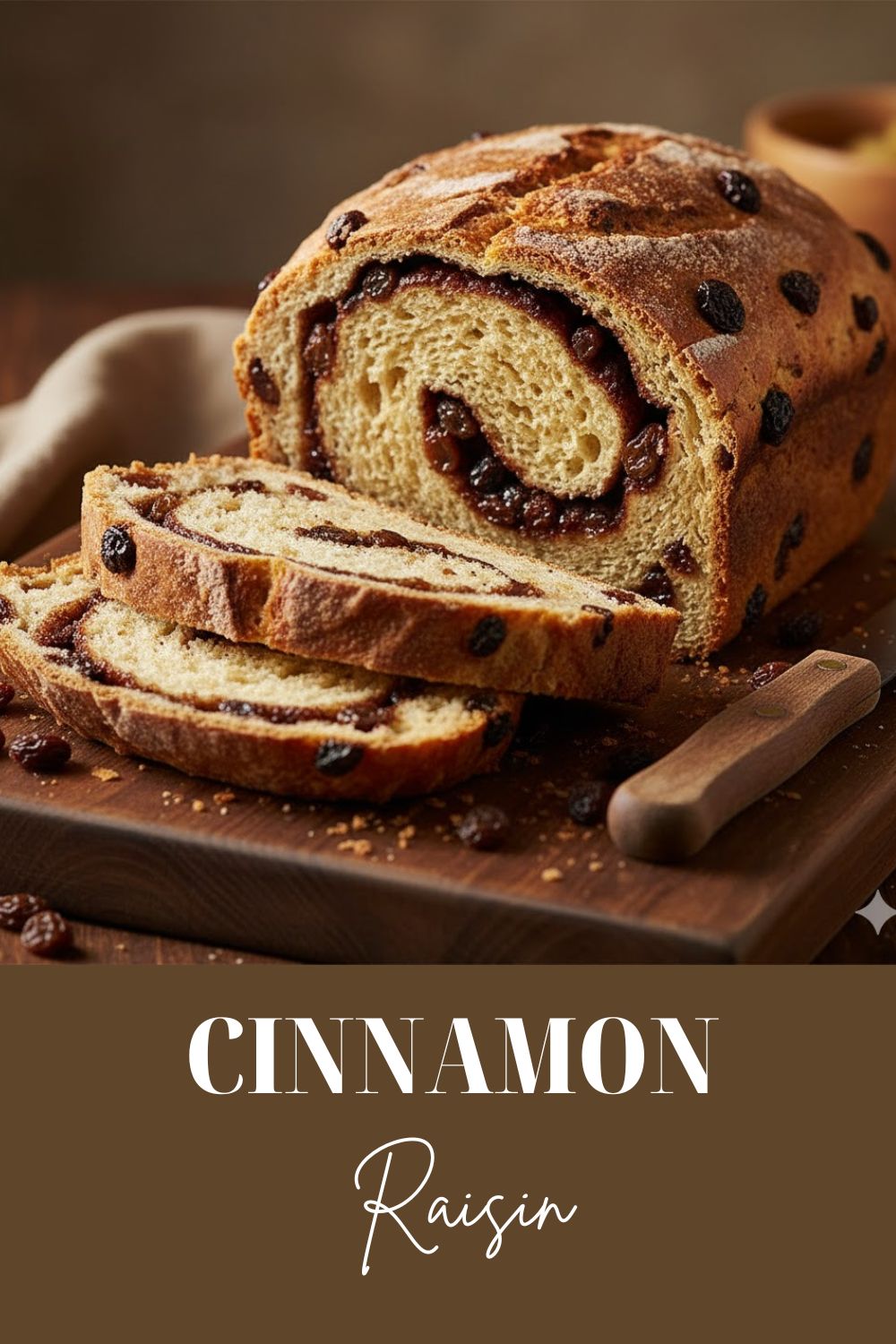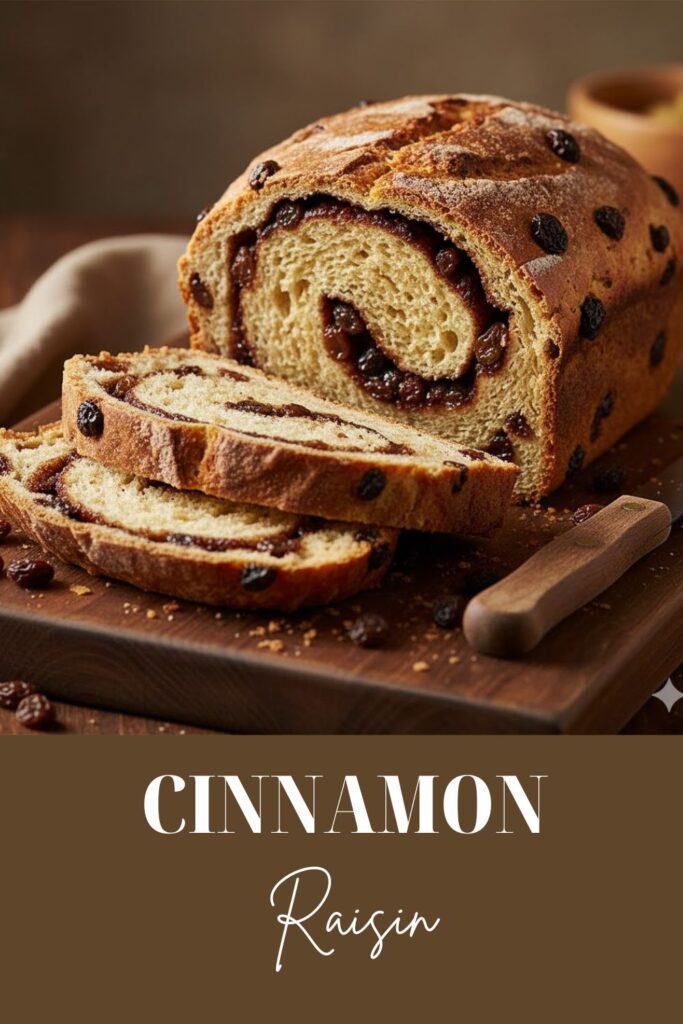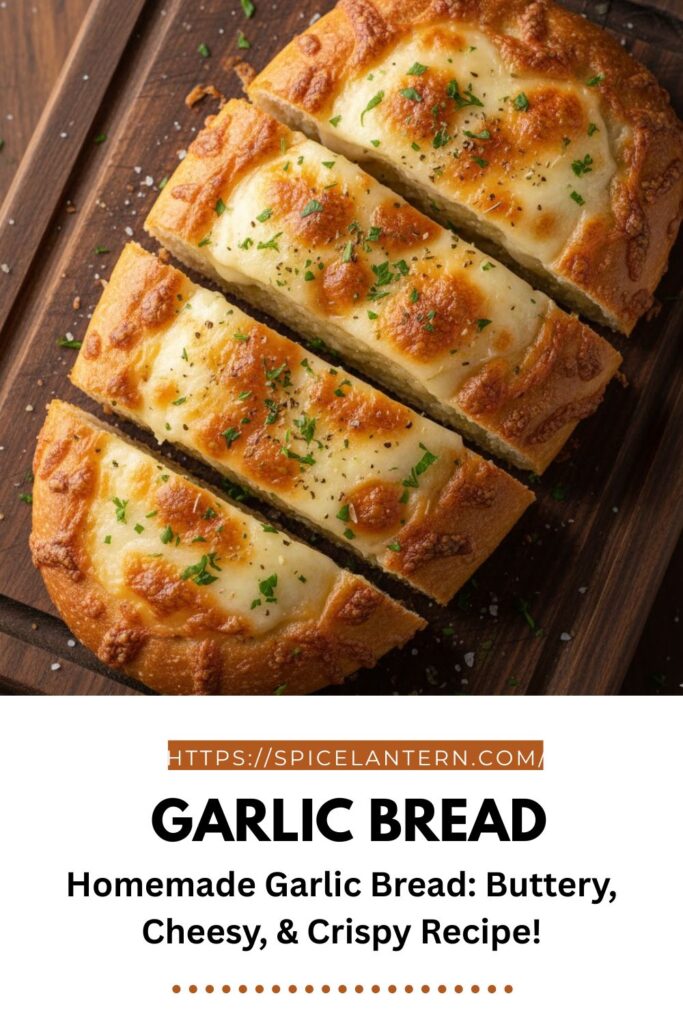Don’t Trash That Mush! The Ultimate Recipe for Moist, Perfect Banana Bread
Let’s talk about those sad, spotty bananas sitting on your counter, actively daring you to throw them out. We all have them. They are past the point of being a responsible snack, and honestly, they look like little brown health hazards. But friend, those mushy, overripe bananas are not trash—they are the golden ticket to the best banana bread you will ever eat! This isn’t just a recipe; it’s a social contract with the fruit bowl. You use the brown bananas, and in return, you receive a perfectly moist, deeply flavored, utterly addictive loaf of sweet, comforting bread. Why wait until they’re black? The browner, the better!
Why This Recipe Is Awesome (And Why It’s Basically Cake)
You need this recipe because it turns a chore (saving overripe fruit) into a triumph (making breakfast dessert).
- Moisture Maximum: We lean heavily into those sweet, mushy bananas and a splash of milk/yogurt to guarantee a loaf that’s impossibly moist. No dry crumb allowed!
- Simple Mixing: This is a quick bread, meaning no fussy yeast, no kneading, and minimal mixing. You mix wet, mix dry, combine, and bake. It’s so easy, you can probably do it before your morning coffee kicks in.
- The Smell Factor: Nothing sells domestic bliss faster than the smell of banana bread baking. It literally makes guests (and neighbors) weak at the knees. You will impress everyone without even trying.
Ingredients: The Mushy Necessities
Embrace the brown spots! Accuracy here is key, even with quick breads.
- 3 Large Overripe Bananas: Mashed well. They should be very brown and mushy—the blacker, the sweeter, the better the flavor.
- 1 ¾ cups All-Purpose Flour: The foundation of our loaf.
- ¾ cup Granulated Sugar (or ½ cup Brown Sugar for extra moisture): We need sweetness to balance the banana.
- 1 teaspoon Baking Soda: Our primary leavening agent for lift.
- ½ teaspoon Salt: Essential for enhancing the banana flavor.
- ½ cup (1 stick) Unsalted Butter (Melted and Cooled): Adds richness and moisture.
- 1 large Egg: The binder. Use a room temperature egg for better emulsification.
- 1 teaspoon Vanilla Extract: Adds depth.
- 1 Tablespoon Milk or Buttermilk: A splash of extra liquid to ensure ultimate moisture.
Key Substitutions:
- Butter: Use neutral oil (canola, avocado, or melted coconut oil) for a slightly lighter texture.
- Sugar: Substitute up to half the sugar with maple syrup or honey, but reduce the milk by a tablespoon to account for the extra liquid.
- Milk: Use Greek yogurt or sour cream instead of milk for an even moister, tangier crumb.
Tools & Kitchen Gadgets Used: Your Quick Baking Crew
Gather your minimal mess-makers. Efficiency is the goal.
- 2 Medium Mixing Bowls: One for wet, one for dry. We keep them separate until the last minute.
- Potato Masher or Fork: For easily mashing those beautiful, spotty bananas.
- Whisk: For combining dry ingredients and whisking the wet ingredients.
- Rubber Spatula: CRITICAL for gentle mixing.
- 9×5-inch Loaf Pan: The classic size.
- Parchment Paper or Non-Stick Spray: Essential for easy removal.
- Wire Cooling Rack: To stop the cooking process and prevent a soggy bottom.
- Measuring Cups and Spoons: Precision matters, even in fun baking.
Step-by-Step Instructions: Mix Less, Love More
Remember the mantra: Mix until just combined. Overmixing is the enemy of moist quick bread.
Step 1: Banana Massacre (3 Minutes)
- Preheat your oven to 350°F (175°C). Grease and flour your 9×5-inch loaf pan or line it with parchment paper (leaving an overhang for easy removal).
- In your first bowl, mash the three overripe bananas with a fork or potato masher. Leave a few small lumps for texture. Don’t go crazy; we aren’t making baby food.
Step 2: The Wet Mix (3 Minutes)
- To the mashed bananas, add the melted and cooled butter, egg, vanilla extract, and milk/buttermilk.
- Whisk gently until everything looks mostly combined. Don’t worry about perfection; just integrate the egg.
Step 3: The Dry Combine (1 Minute)
- In your second bowl, whisk together the flour, sugar, baking soda, and salt. Whisk well to ensure the leaveners are evenly distributed.
Step 4: The Gentle Fold (1 Minute)
- Pour the wet ingredients (the banana mixture) into the dry ingredients.
- Using your rubber spatula, fold the ingredients gently until they are just combined. You should still see a few streaks of flour. STOP! Seriously, stop mixing now. Overmixing develops gluten and gives you a tough, dry loaf.
Step 5: Bake and Test (55-65 Minutes)
- Pour the batter immediately into the prepared loaf pan. Level the top with the spatula.
- Bake for 55-65 minutes.
- The Test: Insert a toothpick into the center of the loaf. It should come out with moist crumbs attached, not wet batter. If it comes out completely clean, you’ve probably overbaked it. If the top is browning too fast, loosely tent a piece of aluminum foil over the loaf for the last 15 minutes.
Step 6: Cool Down (The Hardest Wait) (15 Minutes)
- Remove the pan from the oven. Let the bread cool in the pan for 10 minutes.
- Use the parchment paper overhang to lift the loaf out and place it on a wire cooling rack.
- Let it cool for at least 15 more minutes before slicing. Don’t cut a hot quick bread! It can turn gummy.
Calories & Nutritional Info: The Sweet Facts (Estimated)
These estimates are for one generous slice (1/10th of the loaf).
- Calories per serving (1 slice): ~250-300 calories
- Carbohydrates: ~40-50g (Simple sugars and starch.)
- Fat: ~10-15g
- Potassium: Excellent source of potassium from the bananas.
- Fiber: Contains a decent amount of fiber, especially if you use whole wheat flour for some of the blend.
Nutritional Notes:
- This is an enriched quick bread. It’s high in sugar and fat. Enjoy it as a treat!
- To reduce fat: Substitute the butter with applesauce (1:1 ratio), but note that the final texture will be slightly less rich.
Common Mistakes to Avoid: Banana Bread Blunders
Avoid these classic quick-bread slip-ups to ensure maximum moistness.
- Underripe Bananas: Using bananas with green or yellow skin is a culinary crime. You must use spotted, brown, or nearly black bananas. They provide the sweetness and moisture needed for that perfect tender crumb.
- Overmixing the Batter: This is the killer! Overmixing develops gluten, resulting in a tough, chewy, and dry loaf. Mix until just combined. A few streaks of flour are fine!
- The Clean Toothpick Test: Unlike cakes, you want the toothpick to come out with moist crumbs clinging to it. A clean toothpick means dry bread. Pull it slightly early!
- No Tent Protection: The top of the loaf can burn before the center finishes cooking. Use an aluminum foil tent if the top is too brown around the 35-40 minute mark.
- Skipping the Cooling Rack: Leaving the bread in the pan or on a flat surface traps steam beneath the crust, creating a soggy, wet bottom. Always cool on a wire rack!
Variations & Customizations: Your Loaf, Your Rules
The classic is great, but sometimes you need a little pizzazz.
- Chocolate Chip Chaos: Fold in ½ cup of chocolate chips (mini or regular) in Step 4. Add 1 tablespoon of flour to the chips first to prevent them from sinking to the bottom.
- Cinnamon Streusel Swirl: Before baking, mix ½ cup flour, ¼ cup brown sugar, and 3 tablespoons cold butter until crumbly. Sprinkle this streusel topping generously over the batter.
- Nutty Crunch: Fold in ½ cup chopped walnuts or pecans in Step 4. Sprinkle a few extras on top for visual appeal and crunch.
FAQ Section: All Your Burning Banana Questions
You’ve got questions about this simple yet sometimes tricky quick bread.
Q1: Can I freeze banana bread?
A: Yes! Cool the loaf completely. Wrap it tightly in plastic wrap, then foil, and freeze for up to 3 months. Thaw overnight at room temperature before slicing.
Q2: What’s the best way to ripen bananas quickly?
A: If your bananas are still too yellow, place them on a baking sheet in a 300°F (150°C) oven for 15-30 minutes until the skins are black. The inside will be perfectly soft and mushy!
Q3: Why is my banana bread dry?
A: You likely overmixed the batter (developing too much gluten) or overbaked it. Use a gentle hand when mixing and pull the loaf when the toothpick has moist crumbs, not a clean sweep.
Q4: Why did the center sink while cooling?
A: Underbaking! The center didn’t fully set before cooling, causing it to collapse. Use the toothpick test and the internal temperature test (200-210°F/93-99°C) next time.
Q5: Can I use oil instead of butter in banana bread?
A: Yes, you can substitute oil 1:1 for the melted butter. Oil tends to make the loaf even moister than butter, though it lacks the buttery flavor notes.
Q6: How should I store banana bread?
A: Store the cooled loaf wrapped tightly in plastic wrap or in an airtight container at room temperature for up to 4 days. Storing it in the fridge makes it dry out faster.
Q7: Should I use baking soda or baking powder?
A: This recipe primarily uses baking soda, as it reacts with the acid in the brown sugar (or buttermilk/yogurt) and the bananas to give a good rise. Stick to the recipe’s leavening ratio!
Final Thoughts: The New Keeper of the Bananas
You just took three neglected fruits and turned them into a deeply satisfying, perfect loaf. You mastered Banana Bread! Go ahead, slice a warm piece, slather it with butter, and acknowledge your genius. You’ll never look at a spotty banana the same way again.







